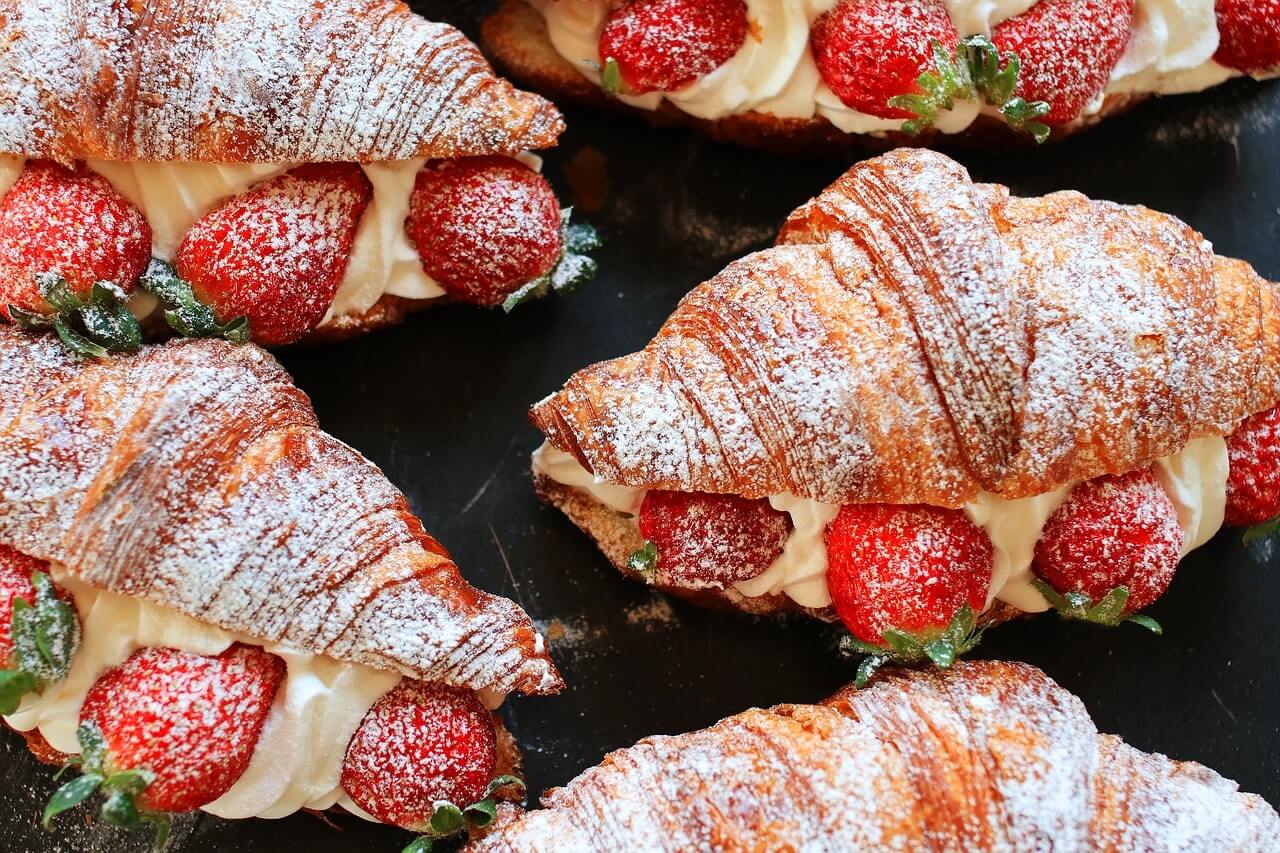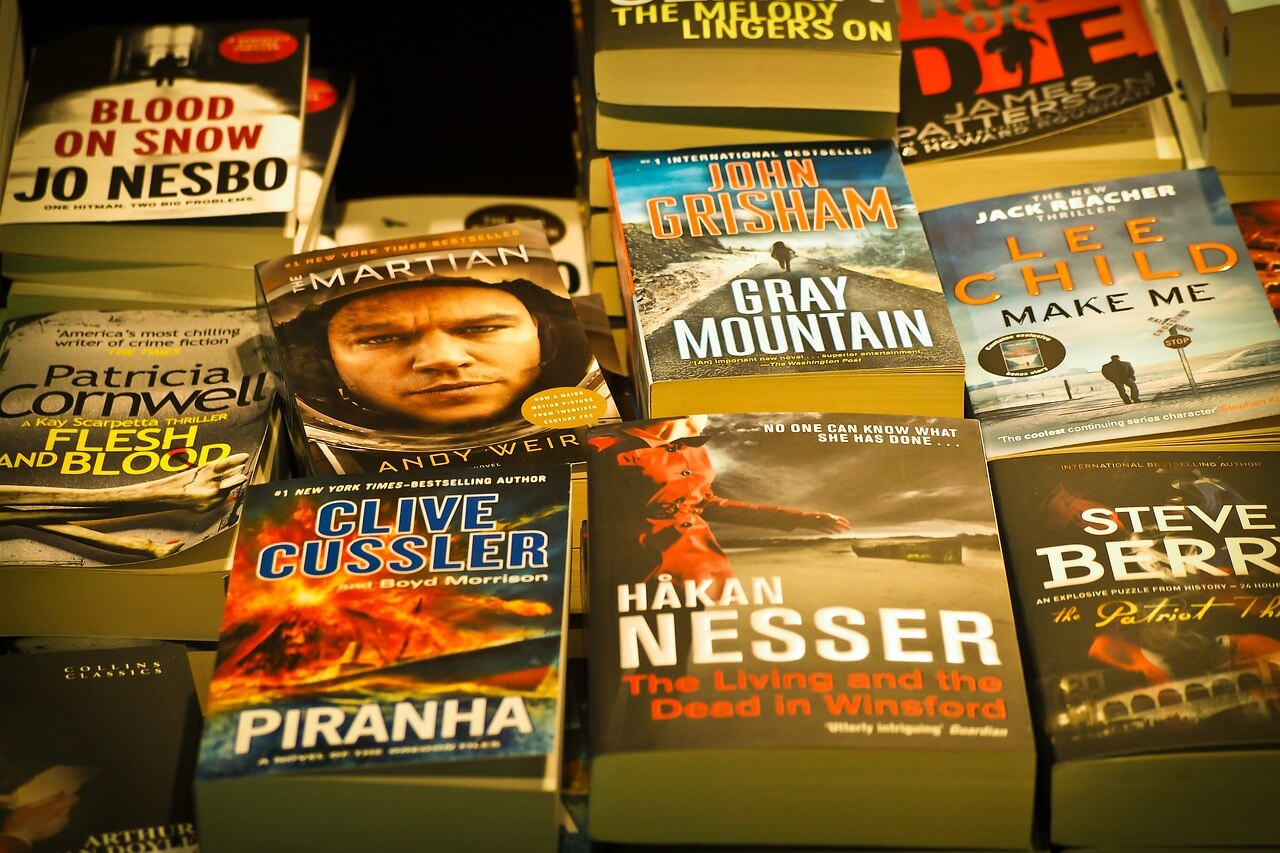InstantPublisher is the best self-publishing companies for hardback and paperback books, but they also offer a variety of custom printing services, including menu printing.
Menus are one of the most important tools a restaurant offers their customers to enhance the dining experience.

Here are five tips for printing a menu that will keep your customers coming back for more.
1. Organize the Menu
It is essential to make the menu easy to navigate. A customer should be able to find drinks, appetizers, and desserts at a glance. If the breakfast menu is not separate from the rest of the menu, it should be clearly labeled and the menu should indicate at what times breakfast is served and at what time the lunch and dinner menus go into effect.
Additionally, if you offer specialty menu items such as vegan, keto, or gluten-free items those should be clearly labeled.
2. Clarity
Diners want to know what is on the foods they are ordering and what, if any, sides come with their entrees.
Don’t assume that the name of an item is enough for diners to know what it is. A mushroom and swiss burger might seem simple enough but does it have mayo or a house sauce? Is there lettuce and tomato on the sandwich? Clearly listing what an item contains allows customers to choose the best match for them, as well as ask for any needed customizations, which enhances their dining experience and leads to fewer food returns.
3. Include Colored Photos
While adding photos increases the production costs of a menu, the value cannot be overstated. People eat with their eyes first. Pictures will sway customers to enjoy foods they otherwise might not try. Also, if you have lesser-known food items on the menu, it is a good idea to have them in images so that customers know what they are getting with the order.
Besides lesser-known items, include images of your most aesthetically pleasing items such as a well-dressed burger, mouth-watering desserts, and moist cuts of meat.
Don’t have space on the menu for pictures? Use the menu to direct customers to your website where detailed images of each dish are available for customer perusal. This can be a QR code, especially if your customer base tends to run younger, or a website address if you serve mostly retirees.
4. Colors
Select the right color scheme for your menu. The menu is part of your restaurant aesthetic and should match it but also not clash with the images of the food. The coloring of the menu should be easy to read and should adhere to accessibility standards for those with visual impairments and color blindness. Avoid color combinations of green/red, green/brown, blue/purple, green/blue, blue/grey, green/grey, and green/black as they can be difficult for those with color blindness to see.
When in doubt, black on white or black on cream is a good menu choice for readability. Decorative coloring can be added for aesthetics around the borders and other areas that don’t have text.
5. Choose the Right Style
Different restaurants will want to choose different menu styles. Most casual dining restaurants will find a folded menu meets their needs. If the menu is to be reusable, then lamination is a must.
Spiral-bound menus are advisable if the menu offers a large selection of food and drink items.
Formal dining venues should consider a hardcover menu.
Whether you need a menu printed or you have other custom printing services needs, InstantPublisher can help.
Call us today at 1800 259 2592 to learn more about the wide range of custom printing services InstantPublisher offers. You can also visit our website.

